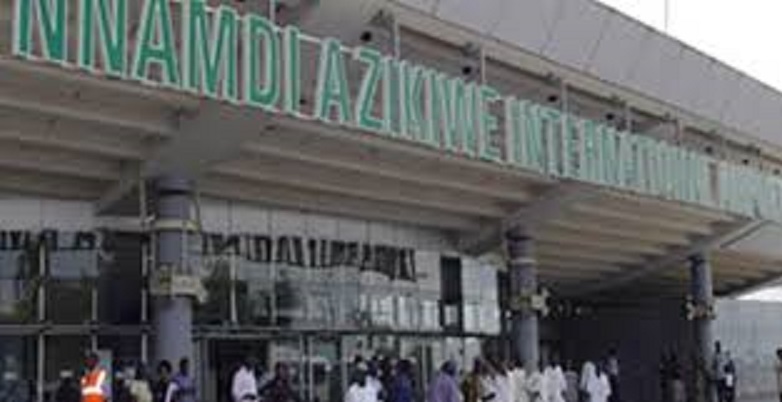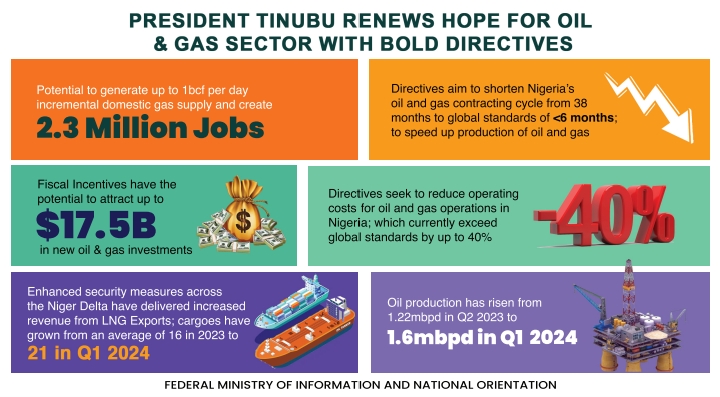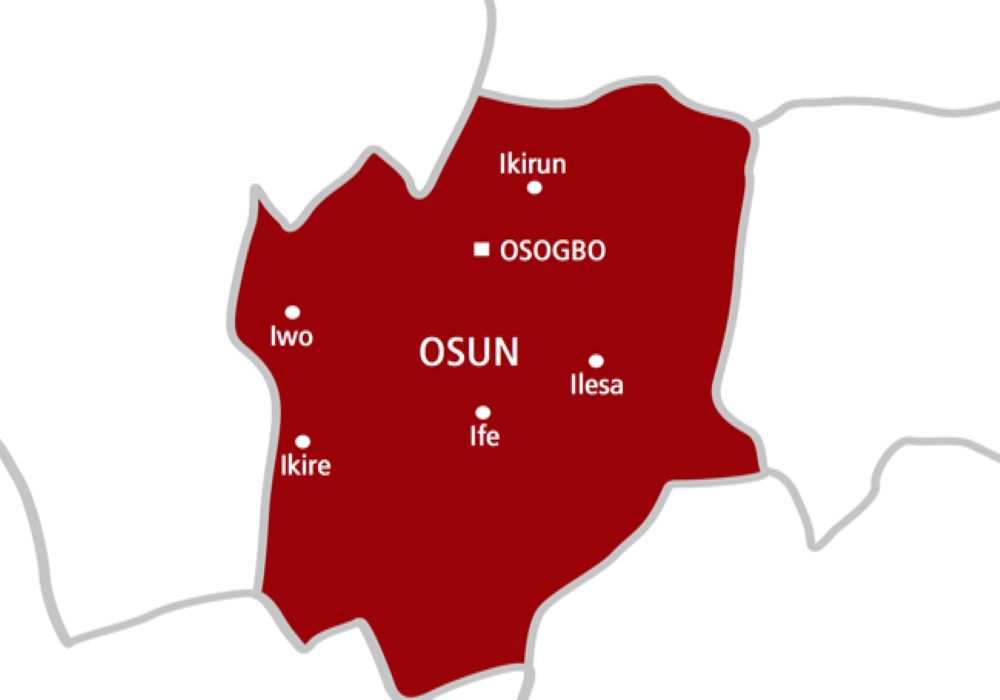Aviation
Japan baffled by U.S. telling airlines to respect new Chinese air zone

TOKYO – U.S. State Department guidance to domestic airlines that they comply with China’s new air defense zone in the East China Sea has perplexed Japan, which wonders if it still has the full support of its ally in challenging Beijing’s claims to the airspace.
Japan and the United States had consistently taken a firm stand against China’s designation late last month of an Air Defense Identification Zone (ADIZ) that overlaps the disputed Senkaku Islands in the East China Sea. The islets are administered by Japan but claimed by China.
But if the U.S. government places a priority on the safety of civilian aircraft in the airspace, it means that Tokyo and Washington will have trouble coordinating their responses.
While China praised the State Department’s guidance, a senior Japanese Foreign Ministry official expressed concern.
“The U.S. action may represent Washington’s intention to be interpreted either way, giving consideration to both commercial carriers demanding the safety of flights and the Japanese government,” the official said.
To Japan, the United States appeared to be a reliable ally that supported its firm stance on China’s unilateral action in establishing the zone, and was full of praise when Washington sent two U.S. B-52 bombers into the zone on Nov. 26.
However, the State Department on Nov. 29 announced a policy that U.S. commercial airlines should notify Chinese authorities in advance of their flight plans in the zone.
According to the online version of The New York Times, talks between U.S. government officials and airline executives began on Nov. 27. Two days later, the State Department settled on the guidelines for commercial carriers to follow established international air protocols, apparently for safety concerns for passengers flying through the disputed airspace.
“The U.S. government generally expects that U.S. carriers operating internationally will operate consistently with NOTAMs (Notices to Airmen) issued by foreign countries,” the U.S. State Department said in a statement on Nov. 29.
But it also added: “Our expectation of operations by U.S. carriers consistent with NOTAMs does not indicate U.S. government acceptance of China’s requirements for operating in the newly declared ADIZ.”
The guidance to commercial airlines runs counter to the U.S. Defense Department’s approach with its military aircraft and
took the Japanese government by surprise. When a senior official with the Foreign Ministry learned of the news on Nov. 30, the official said, “Since there is no information available yet, we cannot respond.”
The ministry inquired the U.S. side about the guidance, and was told that there was no confirmation that the U.S. government had made such a request to commercial carriers.
Officials with the prime minister’s office and the Foreign Ministry stressed that Washington has never recognized Beijing’s newly declared air defense zone. The transport ministry reaffirmed that it will adhere to its policy of not asking commercial airlines to give China prior notification.
After Beijing declared the creation of the zone on Nov. 23, Japanese carriers notified Chinese aviation authorities with their flight plans to comply with their demand.
But the Japanese government called on the airlines to halt the notifications on the grounds it does not recognize the zone, which it said Beijing unilaterally established.
The Japanese government went further to make clear its position by flying aircraft from the Self-Defense Force and Japan Coast Guard through the airspace unannounced.
China hailed the State Department’s latest move as a gesture of paying respect to its newly created zone.
China Central Television reported on the guidance for American carriers on Nov. 30, quoting U.S. news outlets’ coverage.
“The Obama administration requested U.S. commercial airlines to comply with China’s rules when they enter the Chinese air defense zone,” CCTV said.
A flurry of messages hailing the development appeared on Weibo microblogging service, Chinese version of Twitter, right after the CCTV reports.
“(President) Obama saved China’s honor,” said one posting. “Finally, the international community acknowledged China’s air defense zone.”
The Chinese air force is set to defend its nation’s claims to the zone. In the Nov. 30 edition, the Global Times, affiliated with People’s Daily, the mouthpiece of the Chinese Communist Party, carried “exclusive” reports on China scrambling fighter jets the day earlier to intercept aircraft.
It said that SDF aircraft took off from Misawa Air Base in Aomori Prefecture, and that EP-3 U.S. surveillance planes were the latest model in the line of the reconnaissance aircraft.
These reports were not included in a statement released by a Chinese air force spokesman on Nov. 29.
These reports, experts say, suggest that Beijing intends to show off its air defense and surveillance capabilities to audiences in and outside China by having local media report on intelligence that authorities gathers on SDF and U.S. military aircraft.
DISPUTE UNLIKELY TO INCREASE MILITARY TENSIONS
The Japanese and U.S. governments agree that given the current situation, military tensions are less likely to heighten around the Senkakus dispute.
An official close to the Japanese government cited a lack of protests by Tokyo and Washington over the Chinese reports of scrambling fighter jets in response to the intrusion of SDF and U.S. military aircraft in the ADIZ.
In autumn last year, Beijing announced that the Chinese military had conducted drills in the East China Sea at a site near the Senkakus, which China calls Diaoyu.
After an analysis of footage of the drills, the Japanese government concluded that video images taken during a separate drill at a different site were used in the announcement.
Subsequently, the Japanese government remains cautious about what Chinese authorities say on developments concerning the ADIZ.
Defense Minister Itsunori Onodera showed skepticism of the veracity of the reports on the Chinese fighter jets’ scramble.
An official close to the SDF said announcements about the scramble represents Beijing’s attempt to project an image of a strong China to the domestic and international audience.
“China cannot afford not to take any action when U.S. military jets fly into the zone,” the official said.
According to the Japanese government, there were no signs to point to the Chinese military spiraling out of control concerning the declaration of the air defense zone. Wording of the event employed in statements from the Chinese foreign ministry and ministry of national defense are coordinated after Beijing’s announcement on the zone on Nov. 23.
Both Tokyo and Washington believe that there is little chance that China will back down and cancel the zone, given that Beijing called the establishment of it as national policy.
But when it comes to the air defense capabilities of China, there is no denying that they lag far behind those of the combined forces of Japan and the United States.
U.S. F-15 fighter aircraft are deployed at the U.S. Air Force’s Kadena Air Base in Okinawa Prefecture. In the event of a contingency, F-22 stealth fighters can arrive at the base in about half a day.
In addition, the U.S. Air Force’s comprehensive strength is massive, and its pilots are well trained. The Air Force can bolster its monitoring activities by flying early warning aircraft equipped with advanced radar systems.
“The Chinese military will be no match,” said a defense analyst.
On the Japanese side, F-15 fighters, the mainstay of the Air SDF, are undergoing upgrades to modernize them.
In contrast, the Chinese air force is believed to lack a sophisticated radar system and the ability to expand the range of its aircraft through air-to-air refueling.
In July, Chinese early warning aircraft reached the Pacific for the first time by way of flying over Japan’s southwestern Nansei Islands, which include the Senkakus.
Analysis by SDF officials, however, show that the Chinese military has yet to obtain the capability to dispatch fighter jets to the region.
In recent years, China has built up its armed forces. The nation’s first aircraft carrier, the Liaoning, conducted its first drill on the high seas in November.
If the Chinese military achieves the capability to have the vessel freely navigate through the East China Sea, military tensions between Japan and China will significantly intensify, according to a senior SDF official.
– ASASHI SHIMBUN
Aviation
Accra Bound Aircraft Loses Engine Mid-Air After Departing NAIA, Abuja

An Abuja-Accra flight experienced technical difficulties mid-air on Friday, forcing it to return to Abuja, shortly after departure.
The Nigerian Safety Investigation Board (NSIB) made the disclosure in a statement, adding that it has launched investigation into what it described as a serious accident.
Director, Public Affairs and Family Assistance, NSIB, Bimbo Olawumi Oladeji stated that preliminary investigations revealed the aircraft experienced an engine number two indication issue.
ALSO READ: BREAKING: Kyari Oversees NNPC Ltd’s Transparent Recruitment Aptitude Test
It was gathered that the aircraft, with registration number 5NKAL which was operating a flight from the Nnamdi Azikiwe Airport, Abuja (DNAA), to Kotoka International Airport, Accra (DGAA).
She explained that four persons were onboard when the incident occurred. The crew immediately requested for a diversion back to Abuja due to the engine indication.
Oladeji added that the crew managed to safely land the aircraft at Abuja Airport at 18:16 UTC.
There were no injuries reported, and all individuals on board are safe.
Aviation
FG Secures 12 Pre-Owned Alpha Jets to Bolster Nigeria’s Air Power
Nigeria has acquired 12 pre-owned Alpha Jets from the French Air Force as part of efforts to enhance the operational capacity of the Nigerian Air Force (NAF).
The deal, facilitated through SOFEMA, a French military and aeronautics company, was announced by Olusegun Dada, Special Assistant to President Bola Tinubu on via X on Thursday.
He said, “All the 12 aircraft are ready for shipping.”
The Alpha Jet, a product of Franco-German collaboration, is a versatile military aircraft designed for light attack and advanced training missions.
READ MORE: JUST IN: FG Battles Against Seizure Of Presidential Jets In France
Equipped to carry bombs, rockets, and missiles, the aircraft also features a gun pod for close air support.
The NAF already operates 11 Alpha Jets, but this latest procurement signals a significant boost to its fleet.
Dada also confirmed that the Air Force is expecting 24 M-346FA light attack aircraft, ordered during the administration of former President Muhammadu Buhari.
The first batch of these Italian-made aircraft is expected to arrive early next year.
Air Chief Marshal Hasan Abubakar, the Chief of Air Staff, described the acquisitions as a testament to President Tinubu’s commitment to bolstering the armed forces.
“This renewal of our aircraft fleet reflects the government’s commitment to ensuring the safety and security of Nigerians,” Abubakar said.
The announcement comes on the heels of President Tinubu’s three-day state visit to France, where he met with French President Emmanuel Macron.
The visit, which took place from November 27 to November 30, highlighted deepening ties between the two nations.
To ensure the sustainability of its expanding fleet, the Air Force has proposed establishing a local maintenance hub.
Speaking in October, Abubakar noted that six units of the M-346FA aircraft were already in production, with the initial batch of three expected to be delivered in early 2025. The full fleet is projected to arrive by 2026.
“These developments underscore the importance of creating a domestic support system for the long-term upkeep of our aircraft,” Abubakar added.
Aviation
Festive Season: Aero Contractors Slashes Ticket Prices To N80,000
As the holiday season draws near, Aero Contractors has introduced a minimum ticket price of N80,000 for all local flights.
The move, which will last until January 2024, aims to ease the financial burden on Nigerians amid the high cost of living.
Ado Sanusi, Managing Director of Aero Contractors, made the announcement on Tuesday during a press briefing, describing the fare reduction as a gesture to help Nigerians celebrate Christmas and the New Year without the stress of steep ticket prices.
READ MORE: Bobrisky Defends Egungun of Lagos Amid Viral Video Scandal
Sanusi said, “We understand the economic hardship Nigerians are facing, especially with high ticket prices, and we know the holiday season is nearby.
“In the spirit of Christmas, Aero Contractors has introduced what we call pocket-friendly Christmas prices. These fares, starting at N80,000, will apply to all our destinations, allowing Nigerians to travel without excessive costs.”
As of Tuesday afternoon, an economy class ticket from Lagos to Abuja was priced at N99,643, while business class tickets were being sold for N189,167.
Sanusi further explained that the initiative was designed to make it easier for families to reunite during the holidays.
“This is a way for us, as an organization with a long history of serving Nigerians, to give back to our loyal customers. We want to make it possible for families to meet their loved ones during this festive season without worrying about exorbitant travel costs,” he added.













